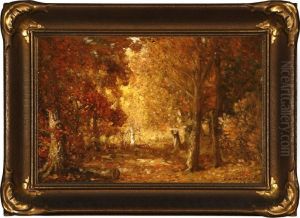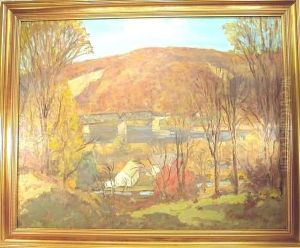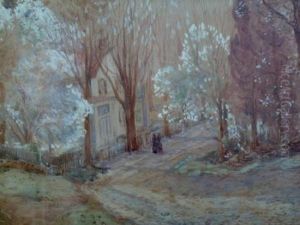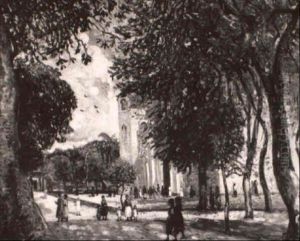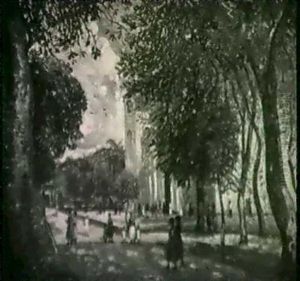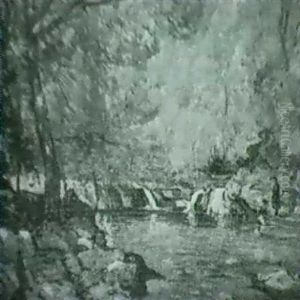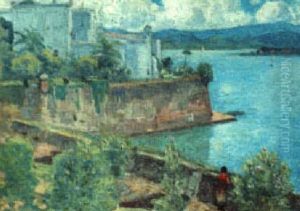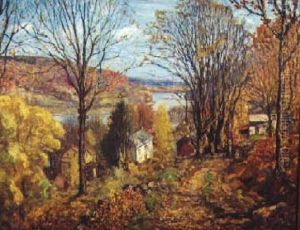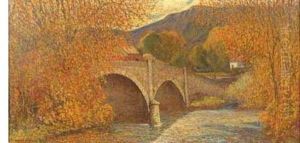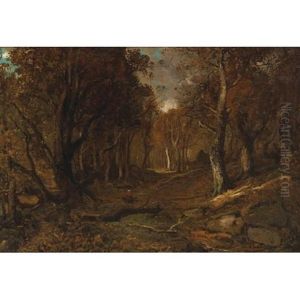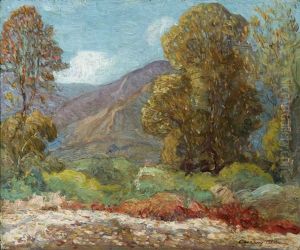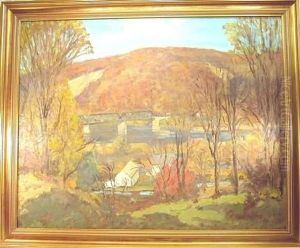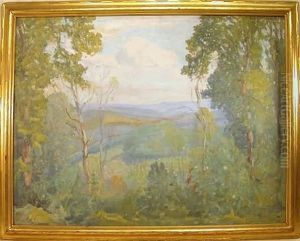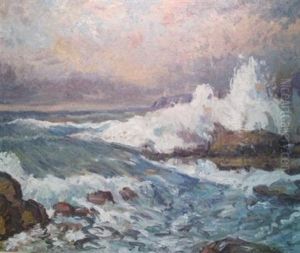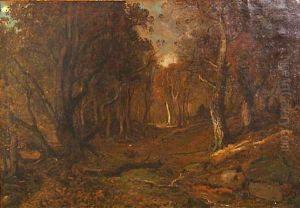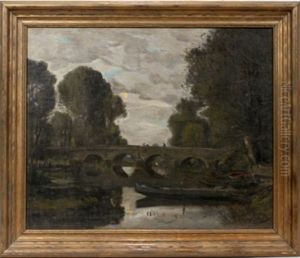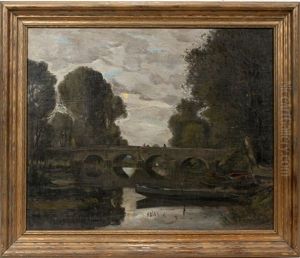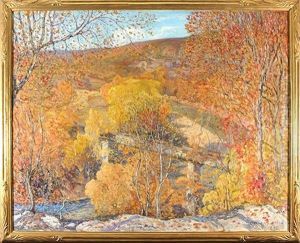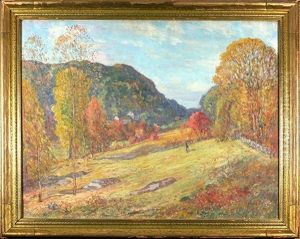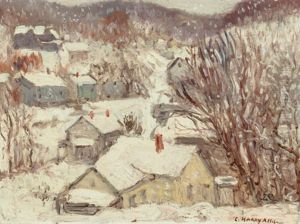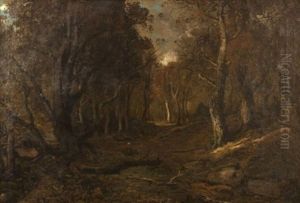C. Harry Allis Paintings
C. Harry Allis, born Charles Harry Allis in 1870, was an American painter known for his impressionist landscapes, seascapes, and urban scenes. His works are characterized by their vibrant colors, light play, and expressive brushwork, capturing the essence of the American landscape and city life during the late 19th and early 20th centuries. Allis was part of the early American Impressionist movement, contributing to its development alongside better-known contemporaries. He was particularly adept at depicting the changing seasons and times of day, imbuing his scenes with a sense of mood and atmosphere that resonates with viewers.
Educated at the Art Students League in New York and later in Paris, Allis was influenced by the European impressionist movement, which he adapted to his depictions of American subjects. His time in Europe was instrumental in shaping his approach to color and composition, elements that became hallmarks of his style. Upon returning to the United States, he settled in California, where he became a significant figure in the local art scene, participating in exhibitions and becoming a member of various art societies.
Throughout his career, Allis's work was well-received by critics and collectors alike, with several of his pieces being acquired by museums and private collections. Despite his success, he remained dedicated to his artistic exploration, constantly experimenting with techniques and subjects. His landscapes, in particular, show a keen observation of nature and an ability to translate its fleeting moments into lasting impressions on canvas.
C. Harry Allis continued to paint and exhibit his work until his death in 1938. Today, his contributions to American Impressionism are recognized and celebrated in the art community, though he remains less widely known than some of his contemporaries. His paintings are cherished for their beauty, emotional depth, and technical skill, securing his legacy as an important figure in American art history.
